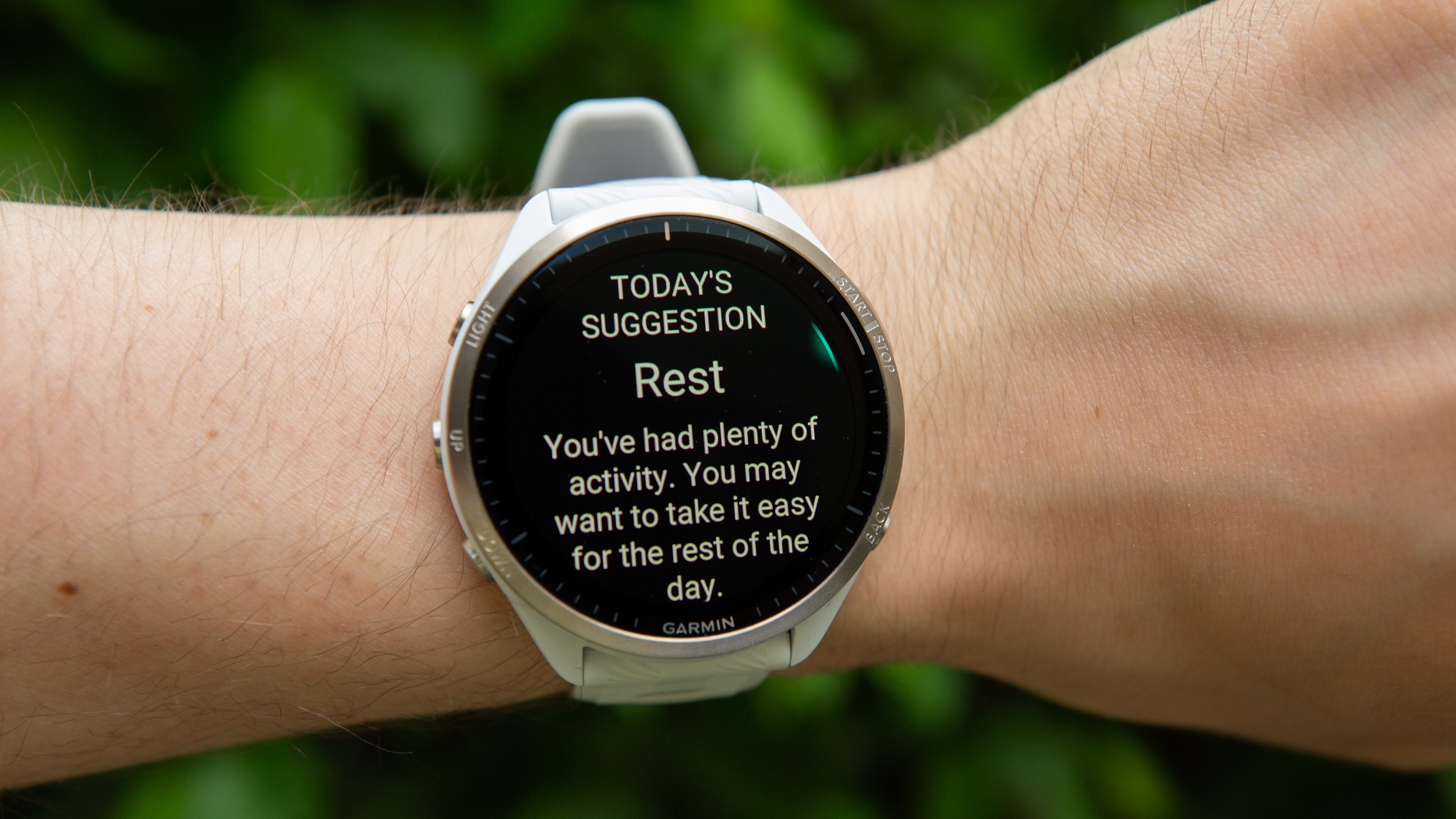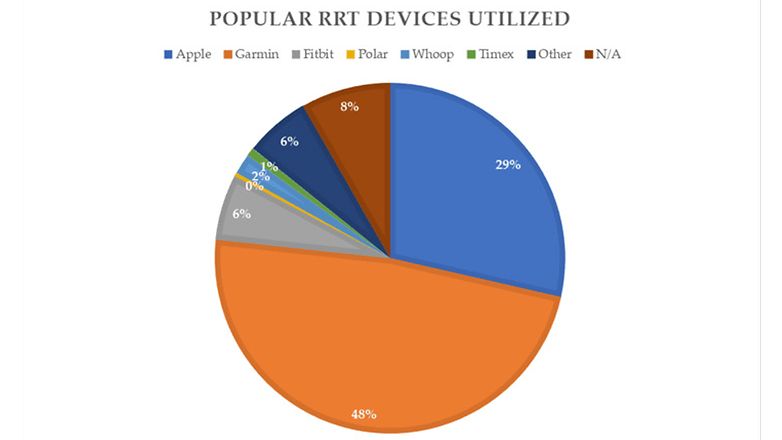
Improvements in smartwatches and fitness trackers have made them essential wearable devices for active users, including those who are into running. They arrived packed with advanced monitoring features to provide users with physical insights or to keep them motivated to achieve their goals. However, these advantages might have a tradeoff — especially with a recently discovered shortcoming.
A recent study published in NIH (National Library of Medicine)’s PubMed, which surveyed 282 adult runners with an average age of 37.4 years, both recreational and professional alike, revealed a bleak picture concerning the correlation between the use of running technology during runs and exercises.
It specifically showed how more than 90 percent of the participants use a fitness wearable in the form of smartwatches or fitness trackers, with Garmin and Apple devices having the largest share, respectively. The surprising kicker here is how runners who used their gadgets were found to have higher risks of getting running-related injuries compared to runners who don’t wear any wearable devices, resulting in 69 percent lower risk of injury.

You can avoid injuries if you listen to your smartwatch
However, the study is not entirely skewed in favor of those who don’t use running devices at all. It highlighted a crucial point that runners who use data from their smartwatches or fitness trackers for their guided training or recovery program didn’t show a higher risk of injury.
What we can glean from this is how the risks are not actually associated with wearables themselves, but with how users utilize their smart device during training or exercise. For example, if you’re dismissing the metrics and training guides from a smartwatch or fitness tracker, you might be setting yourself up for possible injuries.
To that end, it is important to look at the other aspects of using wearables and to listen to both your body and smartwatch. By understanding these data and factors better, you can develop more effective injury prevention strategies in the long run.
Do you use a smartwatch or tracker in your runs or exercises? If so, do you find them helpful? Share your opinion with us.
Via: Gadgets and Wearables
Source:
PubMed






